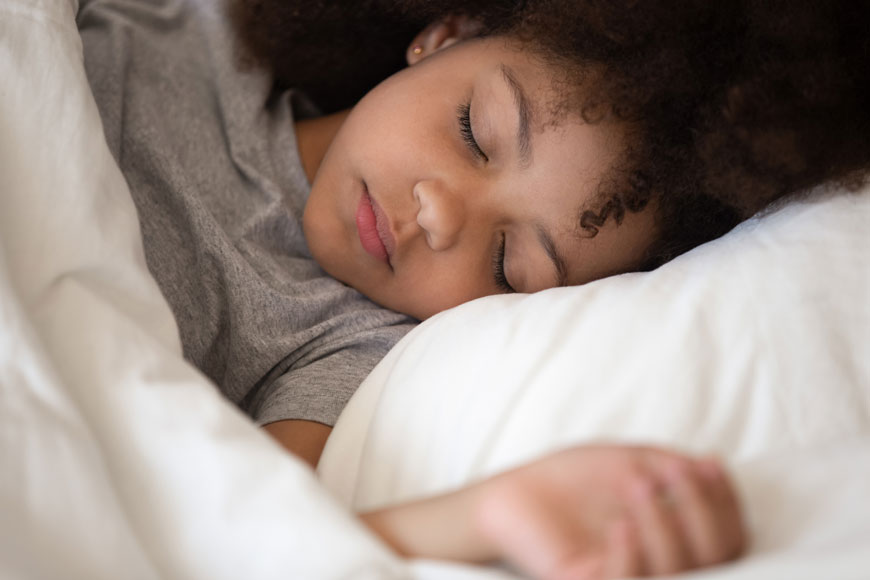10 Clever Daytime Hacks to Help Your Child Get a Good Night's Sleep
A child sleep expert outlines simple things to do during the day to help children settle better at night.
20 January 2020
Maebelle

All Credits: PA
Children sleeping well is one of the holy grails of parenting...
With many mums and dads swearing by the bedtime routine of bath, book, and bed to help little ones have a good night’s sleep.
But it’s not just immediately before bed that steps can be taken to encourage an unbroken night for both children and parents – there are plenty of things that can be done during the day too.
SEE ALSO: Does Your Child Need Vitamin D Supplements In the UAE?
“A positive bedtime structure is about ensuring daytime and night-time routines are a continual process, and not seen as two separate things,” explains psychologist and sleep expert Chireal Shallow, who runs the Baby Sleep Clinic UK.
“It’s really important that children are stimulated. This can take the form of education at school, or post-school activities such as games, hobbies, reading or seeing friends. School is one of the better opportunities for children to develop good sleep hygiene, due to the rigid structure of the day – they know when to expect break times for example, and the routine is structured and secure.
“Their home life routine needs to match up in the same way, so it’s more of a fluid process.”

Here Shallow, in partnership with natural family skincare experts Bloom and Blossom, shares her tips on what parents can do during the day to help children settle well at night.
1. Hide and seek in the bedroom
Playing hide and seek helps to create a familiarity with the bedroom, allowing children to take ownership of the space, and create a feeling of purpose and love. The more time spent in their bedroom during the day, the better association they have with it at night time.
3. A foot massage an hour before bed
A foot massage every night an hour before bedtime can help anxious children feel calm and settled.
6. Cater to your child’s needs
Cater to your child’s individual needs and make sure what you do during the day suits them and their unique personalities. If they’re afraid of scary films, ensure they spend plenty of time outdoors and not in front of the TV or iPad. If your child is highly stimulated, then it’s a good idea to give them more sedentary activities, and if you have a calmer child give them more stimulation, so they gradually become worn out in the morning and tired in the afternoon/early or evening.

7. Communicate with their teachers
Children spend a lot of time at school, and this is the best place for structure and routine. Make sure you’re constantly in contact with their teachers and know what’s going on day to day. Find out what’s happening towards the latter end of the day where possible, so you can then build this into your home life routine. Planning and preparation is key – if a birthday is being celebrated at school, and there are lots of sweets, it’s advisable that you know about this, as ultimately, this could impact how your child sleeps that night.
8. Lie down with children on their bedroom floor
Getting a feel for what a child experiences in their room can be vital to understanding their experiences. Ask yourself if it feels like a calm space, or if there are any objects which may look different at night. For example, your child may have a backpack hung up, which may look scary in the dark – invest in a personalised one, which they can take pride in and helps them to feel unafraid.

10. Hang up family photos
Place family photos around your child’s bedroom, so if they wake during the night, they’re immediately comforted.
- Tags:
- sleep
- baby
- Tips & Advice
- parenting

























.png?itok=SvZPqMHH)




.png?itok=uB2ieOR7)












